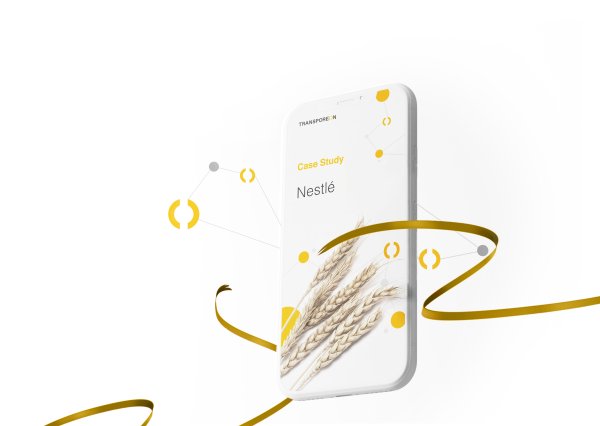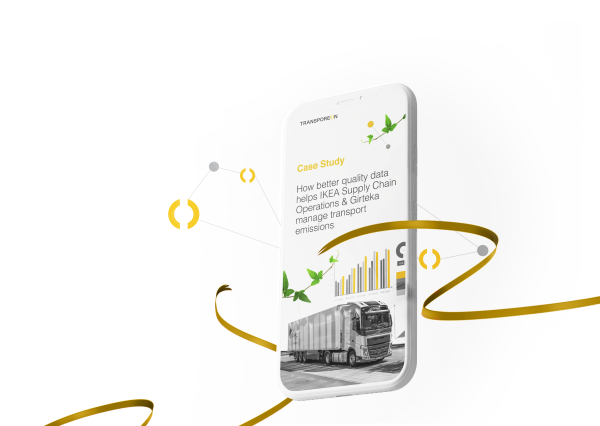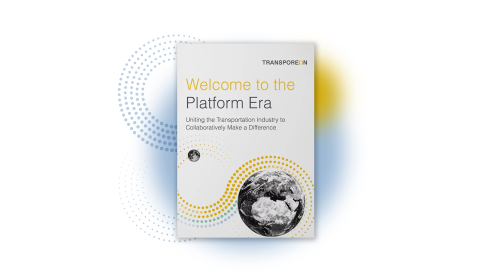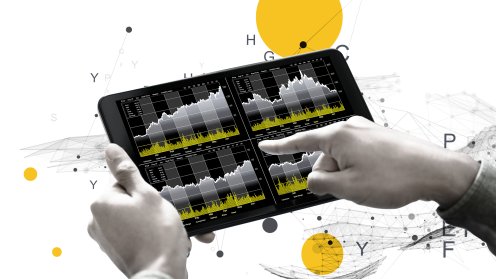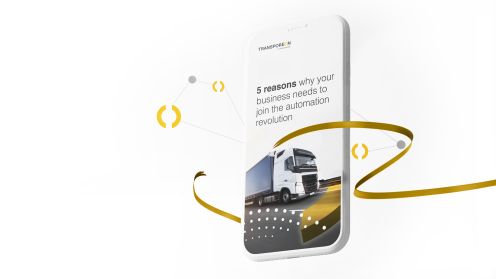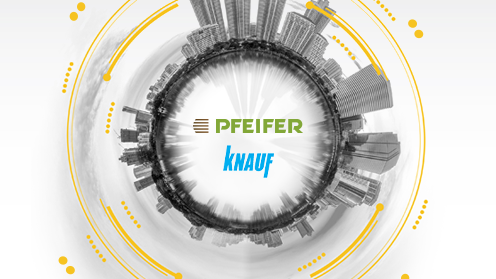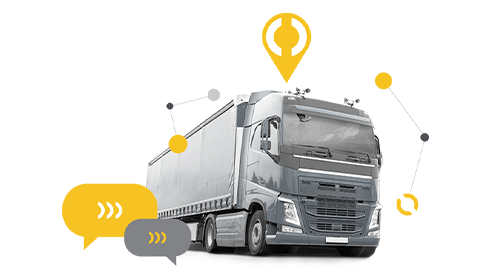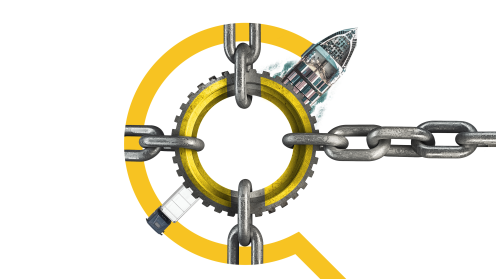Benefits of digitalising the retail supply chain
Digitalising the retail supply chain offers several key benefits that help businesses improve efficiency, reduce costs and enhance customer satisfaction. Here are some of the main advantages:
-
Improved visibility and transparency
Digital tools enable real-time tracking of inventory and shipments, allowing retailers to monitor the movement of goods throughout the supply chain. This transparency helps in proactive decision-making and reduces the chances of stockouts or overstocking.
-
Enhanced efficiency and automation
Automation of tasks like order processing, inventory management and restocking eliminates manual work, reduces human error and speeds up operations, leading to quicker response times and improved customer service.
-
Better demand forecasting
Advanced analytics and machine learning can predict customer demand more accurately by analysing historical sales data and market trends. This helps retailers optimise inventory levels and reduce excess stock, minimising costs.
Digitalisation in retail helps optimise logistics, reducing transportation costs and improving warehouse management, resulting in lower operational expenses and a more efficient use of resources.
-
Improved collaboration with suppliers
Digital platforms enable seamless communication and data sharing between retailers and suppliers, ensuring more timely deliveries, accurate orders and better alignment on inventory levels, all of which contribute to a more responsive and agile retail supply chain.
-
Enhanced customer experience
A digitalised supply chain allows retailers to respond faster to customer demands, offer personalised services and ensure timely delivery, ultimately improving customer satisfaction and loyalty.
By embracing digital solutions, retailers can create a more agile, cost-effective and customer-focused supply chain, enhancing their competitive edge in the marketplace.

